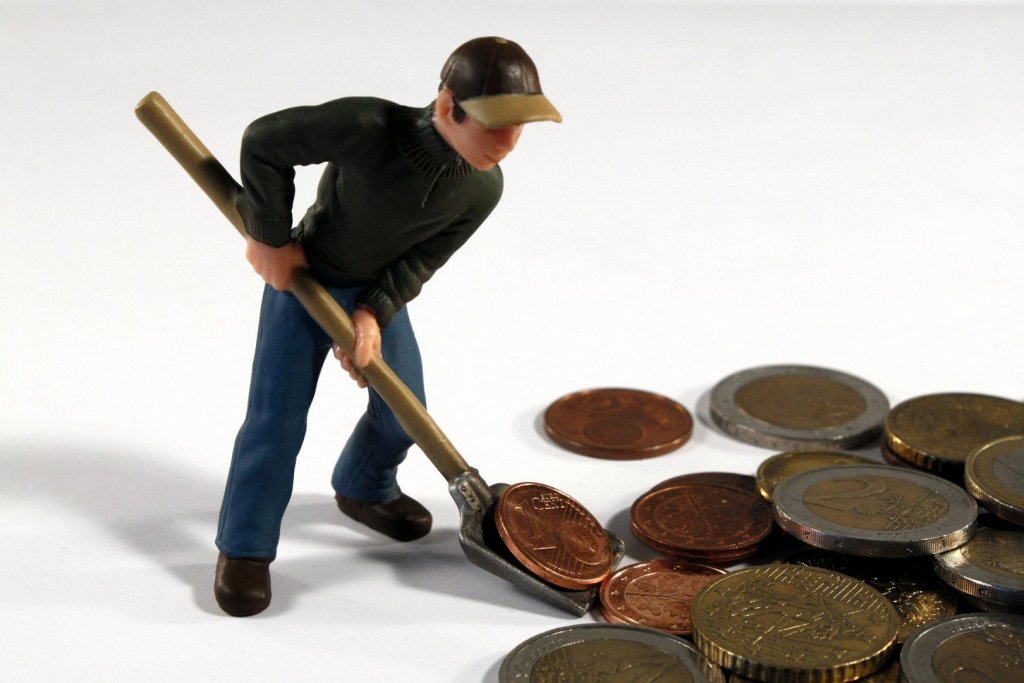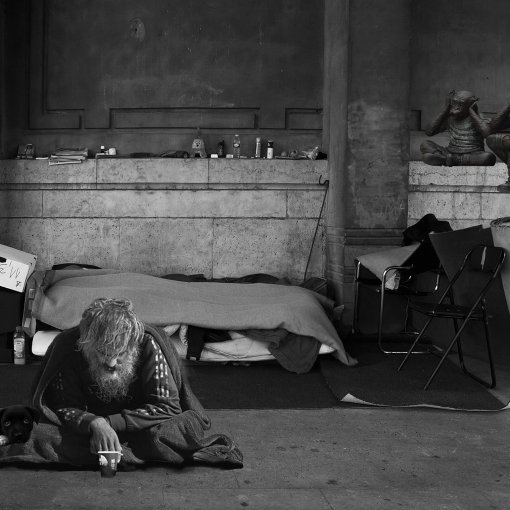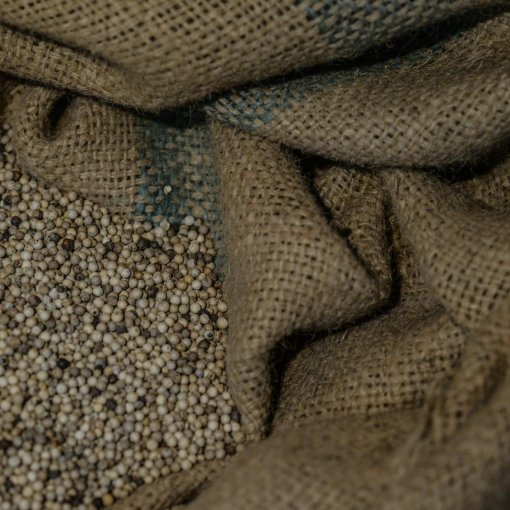Ainara García Nieto is going to talk about inflation, its different types and its evolution.

The inflation is a general increase in prices and fall in the purchasing value of money over time.
The question is if inflation is always an economic danger or it is a consequence of market economy. Answering this question, this news talks about the difference between cost-push inflation and demand-pull inflation, the lower inflation, creeping inflation and the most dangerous inflation, hyperinflation. And finally, the worst inflation periods.
The inflation is a general increase in prices and fall in the purchasing value of money over time.
There are two main types of inflation: cost-push inflation that occurs when the price level is pushed up by increases of the cost of production; and demand-pull inflation which occurs when the price level is pulled up by an excess of demand. This type can lead to a monetary inflation that occurs when the excess of demand is created by an excessive growth of the money supply. Depending on the rate of interest there are these types of inflation:
- Creepin inflation (1-4%): When the rate of inflation slowly increases over time. For example, the inflation rate rises from 2% to 3% a year. Creeping inflation may not be immediately noticeable, but if the creeping rate of inflation continues, it can become an increasing problem.
- Walking inflation (2-10%): When inflation is in single digits – less than 10%. At this rate – inflation is not a major problem, but when it rises over 4%, Central Banks will be increasingly concerned. Walking inflation may simply be referred to as moderate inflation.
- Galloping inflation (20-1000%): This is an inflation rate of between 20% up to 1000%. At this rapid rate of price increases, inflation is a serious problem and will be challenging to bring under control.
- Hyperinflation (+1000): This is reserved for extreme forms of inflation – usually over 1,000% though there is no specific definition. Hyperinflation usually involves prices changing so fast that it becomes a daily occurrence, and under hyperinflation, the value of money will rapidly decline.
Inflation most of the time has harmful effects: it causes a fall in the value of money, it redistributes income in an unplanned way, it imposes extra cost on firms, it creates uncertainty, it can harm the country’s balance of payments…
Is inflation good or bad? Too much inflation is generally considered bad for an economy, while too little inflation is also considered harmful. Many economists advocate for a middle-ground of low to moderate inflation, of around 2% per year.
Generally speaking, higher inflation harms savers because it erodes the purchasing power of the money they have saved. However, it can benefit borrowers because the inflation-adjusted value of their outstanding debts shrinks over time.
Inflation is usually a sign of a worse economic problem, such as a crisis. For example we can talk about three important recessions with significant inflation or deflation. There are the recession of 1920 and 1921, the recession of 1929, the recession in 1980 and the actual situation.
1920: The first was in 1920 this recession of 1920–1921 was characterized by extreme deflation. Factors that economists have pointed to as potentially causing or contributing to the downturn include troops returning from the war, which created a surge in the civilian labor force and more unemployment and wage stagnation; a decline in agricultural commodity prices because of the post-war recovery of European agricultural output, which increased supply; tighter monetary policy to combat the postwar inflation of 1919; and expectations of future deflation that led to reduced investment.
1929: The second was in 1929. The stock market crash was a result of an unsustainable boom in share prices in the preceding years. The boom in share prices was caused by the irrational exuberance of investors, buying shares on the margin, and over-confidence in the sustainability of economic growth. Some economists argue the boom was also facilitated by ‘loose money’ with US interest rates kept low in the mid-1920s.
These are some of the most significant economic factors behind the stock market crash of 1929.
1980:The tirth was in 1980, in this year there was a fall in inflation that caused a rise in unemployment. In the early 1980s, the Conservative government raised interest rates and pursued tight fiscal policy. This reduced inflation, but also caused the deep recession of 1981 and unemployment of 3 million. However, monetarists believe that inflation can be reduced without conflicting with other macroeconomic objectives. This is because they believe that the Long Run Aggregate Supply is inelastic.
After this there was a period of economic stability and inflation was fairly controlled.
2021: And finally the actual situation. In 2021 inflation rose again and the main cause is the pandemic. The container shortage suffered worldwide was a major reason for these massive shortages in goods and services. Disruptions caused by the pandemic on the global supply chain are still causing shortages and every single goods’ prices keep skyrocketing without stopping. Food prices also keep increasing but the 0.5% increase in price is not as high as previous months. As a response, the Federal Reserve is getting ready to raise interest rates to curb inflation and it may happen three times throughout 2022. This inflation is no longer transitory, it’s here to stay for at least the rest of the year.
In conclusion, inflation is a problem when it is higher than 10%, for this reason the eurozone has a limit of 3%, if inflation is higher than 3% the european central bank has to take part of the economy.
- Narración: Ainara García Nieto
- Edición: Silvia Falero Carrasco



